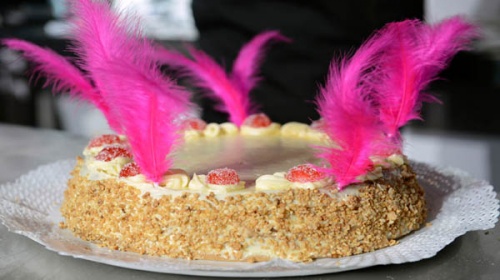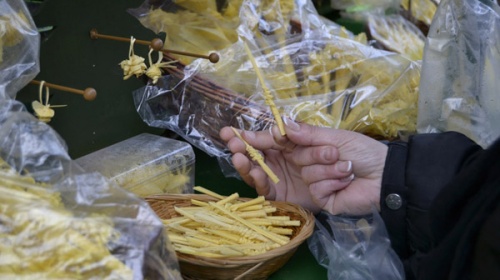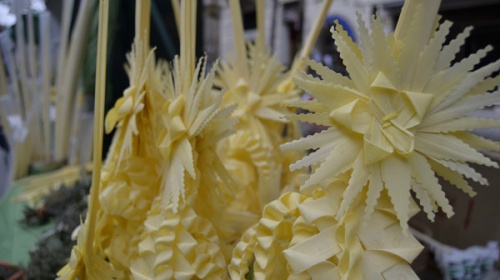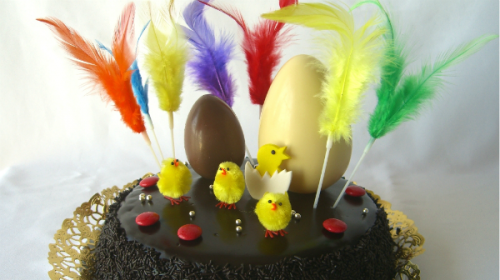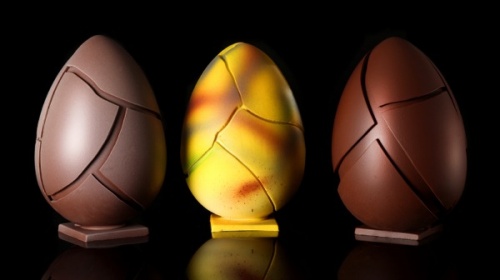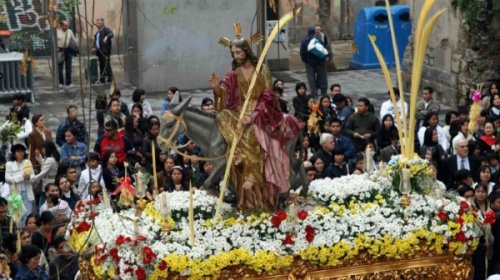Setmana Santa
Activity dates
Dates de celebració
Holy Week takes place between the months of March and April. Easter Sunday is the first Sunday after the first full moon in spring
Setmana Santa, or Holy Week, consists of a series of religious celebrations in the last week of Lent, between Palm Sunday and Easter Sunday. The feast days commemorate the last moments in the life of Jesus: Palm Sunday celebrates his entry into Jerusalem, Maundy Thursday is the day of the Last Supper, Good Friday recalls the Crucifixion, Easter Saturday is the day of mourning and, finally, Easter Sunday celebrates his resurrection.
Although these feast days are based on liturgical rituals, they are also occasions for family gatherings with big meals and typical presents, such as palms and Easter cakes, mones in Catalan.
To mark this religious festival, Barcelona also holds processions that stage moments in the life of Christ, copied, in part, from Andalusian customs.
Reason
Holy Week is the Christian festival that recalls Christ's last moments on Earth: the passion, his death and resurrection. In other words, from the moment he arrives in Jerusalem and is pronounced the Saviour until he is brought back to life, following his trial, death and burial.
Origins
In 325 AD the Council of Nicaea set the date for Easter in the whole of the Western Catholic world. Since then, each country has developed its own celebrations, based on the Gospels Despite all the variations and differences in local customs, the main aim is to celebrate or commemorate the Messiah's passion, death and resurrection.




